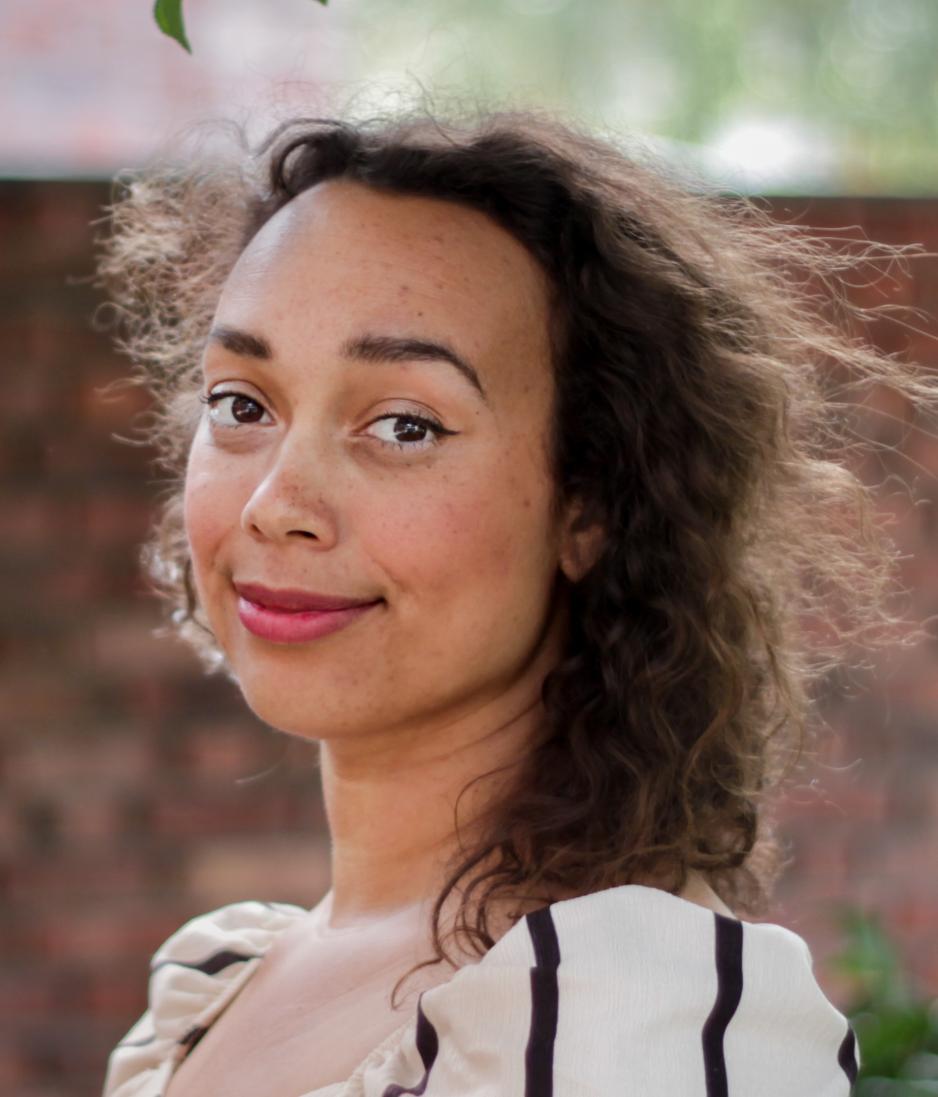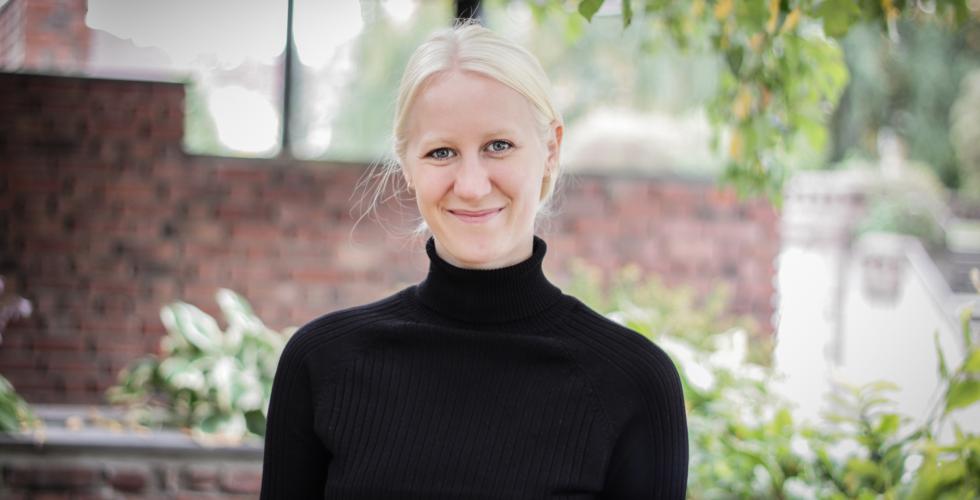Committees hiring top researchers lose sight of gender balance and diversity
How do we ensure that the best candidate for a professorship is hired, while still securing gender balance and diversity? A new study shows how committees that hire professors struggle to meet different expectations.

On the gender equality front, much progress has been made in Norwegian academia in recent years – but the top-level positions remain male-dominated in most disciplines.
Are there certain elements in the hiring process for professorships that tend to screen out women and other minorities, despite the non-discrimination routines in place?
The authors of the study – Julia Orupabo, a senior research fellow at the Norwegian Institute for Social Research, and Associate Professor Marte Mangset of Oslo Metropolitan University (OsloMet) – examined these hiring processes in depth to find out what actually happens.
Male-dominated at the top
“In Norway, a committee faces two sometimes conflicting expectations when hiring a professor,” explains Orupabo.
“First, there is a very strong emphasis on excellence. Norwegian universities are focused on having the best researchers in the world. At the same time, the expectation to ensure gender equality is strong, and in fact the Act relating to Universities and University Colleges requires Norwegian institutions to strive for gender equality.”
“We wondered how these conflicting considerations are dealt with in the hiring process,” she says.
The authors of the study asked Norway’s major universities for information about their latest hiring practices for professors and associate professors.
“We decided to examine three disciplines: history, political science and biology, all of which share a good gender balance at the doctoral student and post-doc levels, meaning that there are plenty of women available for professorships. And yet these disciplines are male-dominated at the top,” says Orupabo.
The authors were given access to the applicant lists, shortlists, scientific assessments and hiring recommendations for 48 positions filled. They also interviewed 52 persons involved in these hiring processes.
Who is “the best”?
“The way it works in Norway is that an internal sorting committee draws up the job announcement and then eliminates unqualified applicants based on their CVs. Next, a scientific committee with a majority of external members is set up to evaluate the work of each applicant on the shortlist and rank them,” she explains.
The internal committee then decides who is to be invited to interviews and hold trial lectures. Once all this is completed, a list of hiring recommendations is made.
The authors divided the process into five stages in their article detailing the study.
“One thing we wanted to find out was how quality is defined during this process that comprises different stages and involves different people,” says Orupabo.
Surprising logic of inclusion
Research on this topic carried out in other countries often finds that for the hiring selections where women and minorities are screened out, this occurs at the very beginning of the process, she says. Frequently in other countries, the job announcement itself is narrow and excluding, or the recruitment occurs largely through existing networks and thus results in a uniform applicant pool of mostly males.
“That’s a closed process from the start. Even though the system is supposed to be merit-based, it is clearly important for an applicant to be part of the network in order to be considered. The wording of the job announcement will determine who gets the position.”
At Norwegian institutions, however, Orupabo and Mangset did not find this same pattern. Quite the opposite: In Norway, the academic gatekeepers seem to consider both gender balance and excellence simultaneously.
The authors believe that the first stage of the process, the job announcement, is marked by a certain logic of inclusion. This closely aligns with considerations of quality: The underlying idea is that the more diverse the applicants, the greater the chance of finding the best candidate.
Genuine, open competition
In all the cases studied, the position was publicly announced on the international academic labour market.
“Our oldest interviewees, who have been involved in hiring practices for many years, speak of a historic shift: Now, job announcements are published in both Norwegian and English, and there is genuine, open, international competition for positions. This is called for politically in Norway and the EU and from leadership at the institutions,” Orupabo explains.
The logic of inclusion is also evident in that search committees are often established to find qualified women and encourage them to apply. In some cases, a conscious choice is made to publish the announcement within sub-disciplines where the chances of attracting female applicants are greater.
“But the degree to which this was institutionalized varied quite a bit. Much relies on ad hoc solutions or the personal commitment of individual committee members,” Orupabo points out.
A third element of the logic of inclusion applied in the initial stage of the hiring process is to give more weight to production in recent years, rather than hiring professors based on their achievements over a long career.
The intent here is to enable younger scholars, whose best years may still lie ahead of them, to qualify for the position. Many committee members interviewed felt that including more young applicants would also mean more female applicants.
“In contrast to previous research indicating that women are excluded in the initial stage, we believe that the Norwegian institutions have shown they manage to be inclusive,” says Orupabo.
However, this logic of inclusion does not extend to the entire hiring process.
Initial inclusiveness is overshadowed
“Once the applications reach the scientific committee, which not only looks at CVs but also production, it becomes a matter of peeling away anything that doesn’t count,” says Orupabo.
“So at this stage, diversity and gender equality cease being considered as elements of quality.”
Instead, the number of publications in prestigious journals quickly becomes the deciding factor for advancing to the next stage.
“It’s not as if the scientific committee only focuses on production. It also factors in originality, methodological expertise, ability to secure funding and so on. But to achieve consensus, they end up counting publications in top journals.
“This is not something done unthinkingly, and many interviewees were critical of this trend. Still, they regarded counting publications and publication channels to be a necessary and neutral way to define quality,” she reports.
‘Neutral’ not necessarily neutral
The authors found no evidence of systematic differential treatment or discrimination against women.
“Nonetheless, we believe that the way quality is evaluated can result in unintended consequences that weaken gender equality and diversity,” asserts Orupabo.
She points to several reasons this can happen: First, the weighting of publications can lead to diminished valuing of teaching activities, which women are known to do more of than men.
Second, there are no institutionalized procedures for taking into account pregnancy and parental leave, which can interrupt recent research production, particularly for young researchers.
Third, the open international competition is limited in practice to academics who publish in prestigious English-language journals.
“Applicants from the Global South are often screened out at this stage, either because their publication lists do not include these English-language journals, or the committee members have no basis for evaluation since they are not familiar with the journals in which these applicants have published.
“Operating with very narrow qualification criteria quickly impacts the type of applicant. It dictates a specific way of being an academic that does not encompass all the traits an academic should actually have”, says Orupabo.
Broader concept of quality is needed
“One of our conclusions is that the gatekeepers of academia are indeed concerned with gender equality and diversity in addition to recruiting the best candidate – but this focus lasts only through the stages where it matters least.”
“In the later stages, these considerations dissipate. Going forward, a vital task in policy development will be to also integrate these considerations into the most pivotal stages.”
The hiring processes examined in the study took place in the period 2013–2018; the interviews were conducted in 2017 and 2018. Since then the discussion around how we should think about quality in research has continued to expand.
“The academic sector itself hopes to employ a broader approach to the concept of quality,” adds Orupabo.
One indication of this is that more and more institutions and research councils have signed the Declaration on Research Assessment (DORA), which recognizes that the evaluation of research output should reflect the wide variety in a researcher’s actual role.
“I don’t know if this has led to any changes in practice yet, but I believe this discussion will only gain importance in the future. And it will impact not only demographic diversity such as gender and ethnicity, but also cognitive diversity and the discussion on what academia should be,” says Orupabo.
Translated by Darren McKellep.
Julia Orupabo, a senior research fellow at the Norwegian Institute for Social Research, co-authored the article Promoting Diversity but Striving for Excellence: Opening the ‘Black Box’ of Academic Hiring with Associate Professor Marte Mangset of OsloMet.
The article details their study of hiring processes for professorships and associate professor positions in the fields of history, political science and biology. The examined hiring processes took place from 2013 to 2018, and the interviews were conducted in 2017 and 2018.
Orupabo also serves on the Committee for Gender Balance in Research (the KIF Committee).




